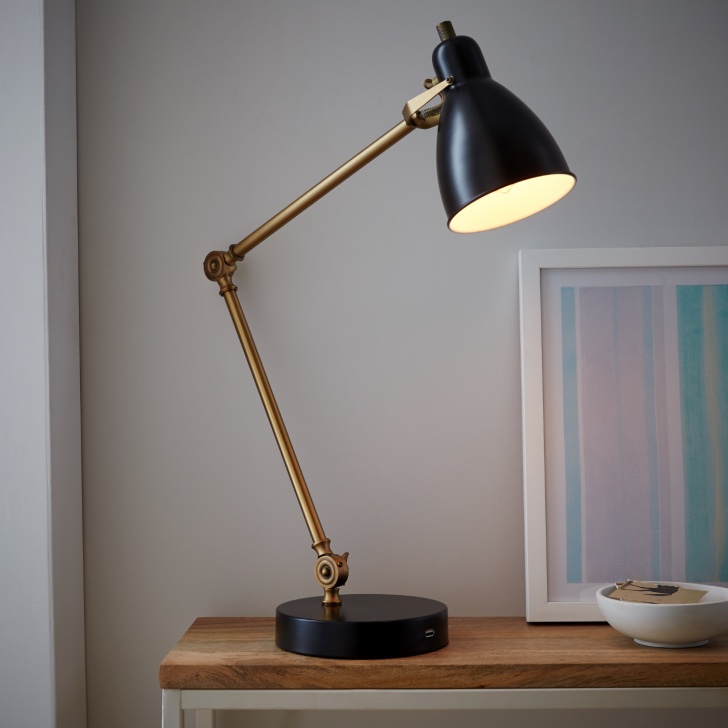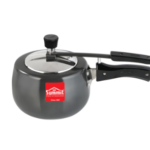Introduction
In the world of home décor, lighting plays a pivotal role in creating ambiance and functionality. Among the various furniture pieces that contribute to a well-designed living room, lamp tables stand out as versatile and essential elements. These tables not only provide a stylish surface for your lamps but also enhance the overall aesthetic of your space. In this blog post, we’ll explore the significance of lamp tables, their types, how to choose the right one, placement tips, and more.
What is a Lamp Table?
A lamp table, often referred to as a side table or end table, is a small table typically placed beside a sofa or chair. Its primary purpose is to hold a lamp, making it easier to illuminate your space for reading, relaxing, or entertaining. However, a lamp table offers much more than just a practical surface. It serves as a decorative accent, providing an opportunity to showcase your style through various design elements.
Why Lamp Tables Are Essential for Your Living Room
Space Utilization
Lamp tables are incredibly versatile when it comes to space utilization. They fit seamlessly into various living room layouts, providing functionality without overwhelming the area. Whether you have a cozy nook or a spacious lounge, a lamp table can enhance your living environment.
Enhancing Aesthetic Appeal
Beyond their practicality, lamp tables significantly enhance the aesthetic appeal of a living room. Available in various styles, colors, and materials, they can complement existing furniture and décor. A well-chosen lamp table can become a focal point, adding character and charm to your space.
Multi-functionality
One of the most compelling reasons to incorporate a lamp table into your living room is its multi-functionality. In addition to holding a lamp, it can serve as a surface for drinks, books, or decorative items. This versatility makes it a must-have for both casual gatherings and intimate settings.
Types of Lamp Tables
Traditional Lamp Tables
Traditional lamp tables often feature classic designs, typically made from solid wood with intricate detailing. These tables bring a timeless elegance to any living room and are perfect for spaces that embrace a classic aesthetic.
Modern Lamp Tables
For those who prefer a sleek and contemporary look, modern lamp tables are an excellent choice. These tables often use materials like metal and glass, with clean lines and minimalist designs. They can create a chic atmosphere that complements modern furnishings.
Rustic and Vintage Lamp Tables
Rustic and vintage lamp tables are perfect for adding character to your living room. Often crafted from reclaimed wood or featuring distressed finishes, these tables bring warmth and a sense of history to your space.
Space-Saving Lamp Tables
In smaller living rooms, space-saving lamp tables are essential. These designs are typically compact and can include features like built-in storage or nesting options. They maximize functionality while minimizing visual clutter.
Choosing the Right Lamp Table
Consider Your Style
When selecting a lamp table, it’s important to consider your living room’s overall style. If you have a modern aesthetic, look for sleek, geometric designs. For a traditional space, choose tables with classic detailing. The right lamp table should complement your existing décor rather than clash with it.
Size and Proportion
Size matters when it comes to lamp tables. Ensure that the table is proportional to the surrounding furniture. A table that is too tall or too short can disrupt the balance of the room. Measure your space before making a purchase to ensure the perfect fit.
Material and Finish
The material and finish of your lamp table can significantly impact its appearance and durability. Wood, metal, and glass are common options, each offering a unique look. Consider how the material interacts with your other furnishings. For instance, a glass table can create an airy feel, while a wooden table can add warmth.
Placement Tips for Lamp Tables
Optimal Locations
Finding the right location for your lamp table is key to maximizing its functionality. Ideal placements include next to sofas or chairs where they can easily hold lamps and other items. You can also consider placing a lamp table in an entryway or hallway for added style and convenience.
Height Considerations
Matching the height of your lamp table with the surrounding furniture is crucial. Ideally, the top of the table should be at or slightly below the armrest of the sofa or chair next to it. This ensures easy access to items on the table without straining.
Styling Your Lamp Table
Decorative Ideas
Styling your lamp table can elevate its presence in your living room. Consider adding decorative items such as books, vases, or small plants. Layering these elements can create visual interest while keeping the table functional. A stylish lamp atop the table can also serve as a focal point.
Lighting Considerations
When choosing a lamp for your table, consider the overall lighting in the room. A well-chosen lamp not only provides light but also enhances the table’s aesthetic. Choose a lamp that fits the style of the table and the room—be it a modern floor lamp, a classic table lamp, or an artistic sculpture lamp.
Care and Maintenance of Lamp Tables
Cleaning Tips
To keep your lamp table looking its best, regular cleaning is essential. For wooden tables, use a soft cloth and appropriate wood cleaner to avoid damage. Glass tables can be wiped with a glass cleaner for a streak-free finish. Always check the manufacturer’s recommendations for cleaning products.
Preventing Wear and Tear
Protecting your lamp table from wear and tear is vital for longevity. Use coasters to prevent water rings, and avoid placing heavy objects that could cause scratches. Regular maintenance can keep your table looking new for years to come.
Conclusion
Lamp tables are more than just a surface for lamps; they are essential furniture pieces that enhance both the functionality and aesthetic of your living room. By understanding the types available, how to choose the right one, and tips for styling and maintenance, you can make an informed decision that transforms your space.







